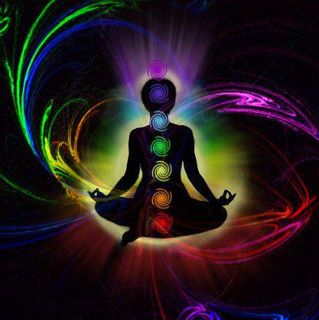Right Understanding
One cannot know what one has to do unless one's position in
this world is known to one's self. One’s duty, attitude, the functions that one
has to perform – all these are determined by the location of one’s personality
in a given atmosphere. Thus, the concept of duty may be regarded as something
relative, and not absolute. One cannot prescribe one particular function as the
duty of a person forever and ever till eternity. The person we are speaking of,
or referring to, is to a large extent identical with what we would call the
'individual' – the so-called 'me', 'you', etc. Our duty in this world, what the
world expects from us, is dependent upon what we are, what we know, what we are
capable of – and again, all these things depend upon where we are placed.
People complain of the atmosphere, environment, etc.,
sometimes by limiting the concept of this environment to sociological or social
conditions in life mostly, though the environment in which we are living is not
necessarily restricted to human society. We are living in human society no
doubt, but we are living also in a larger atmosphere than can be covered or
even conceived by human society.
The mulaprakriti is
constituted of three forces called sattva, rajas and tamas.
We have heard in modern science words like ' statics' and 'kinetics', 'inertia'
and 'action'. What we call 'statics' is something like inertia; we may equate
it with tamas, non-action – and kinetics is rajas,
movement, distraction, etc. But there is no such thing as sattva in
the scientific language of modern times. There is either statics or kinetics –
there is nothing else. But there is a third thing which is the balancing of the
two. That is called sattva in the language of Indian
philosophy; the condition of true being is called sattva. In
Sanskrit, 'sat' means existence, being; and the condition of
being is called sattva. The characteristic of being is sattva,
and the characteristic of being is equanimity – not isolation, distraction and
separation.
So, the nature of
reality or true being is neither inert existence and loss or absence of
consciousness, nor is it activity in the sense of distraction. Pure
being, sattvaguna, is not rajas; it is not
also tamas. This sattva is a power that connects
the two extremes of inertia and activity – rajas and tamas;
and the whole of the world is nothing but this threefold activity of nature
– sattva, rajas and tamas – which
is the structure, the constitution, the basic substance of the tanmatras,
the five elements, this body, and all things in the world.



No comments:
Post a Comment